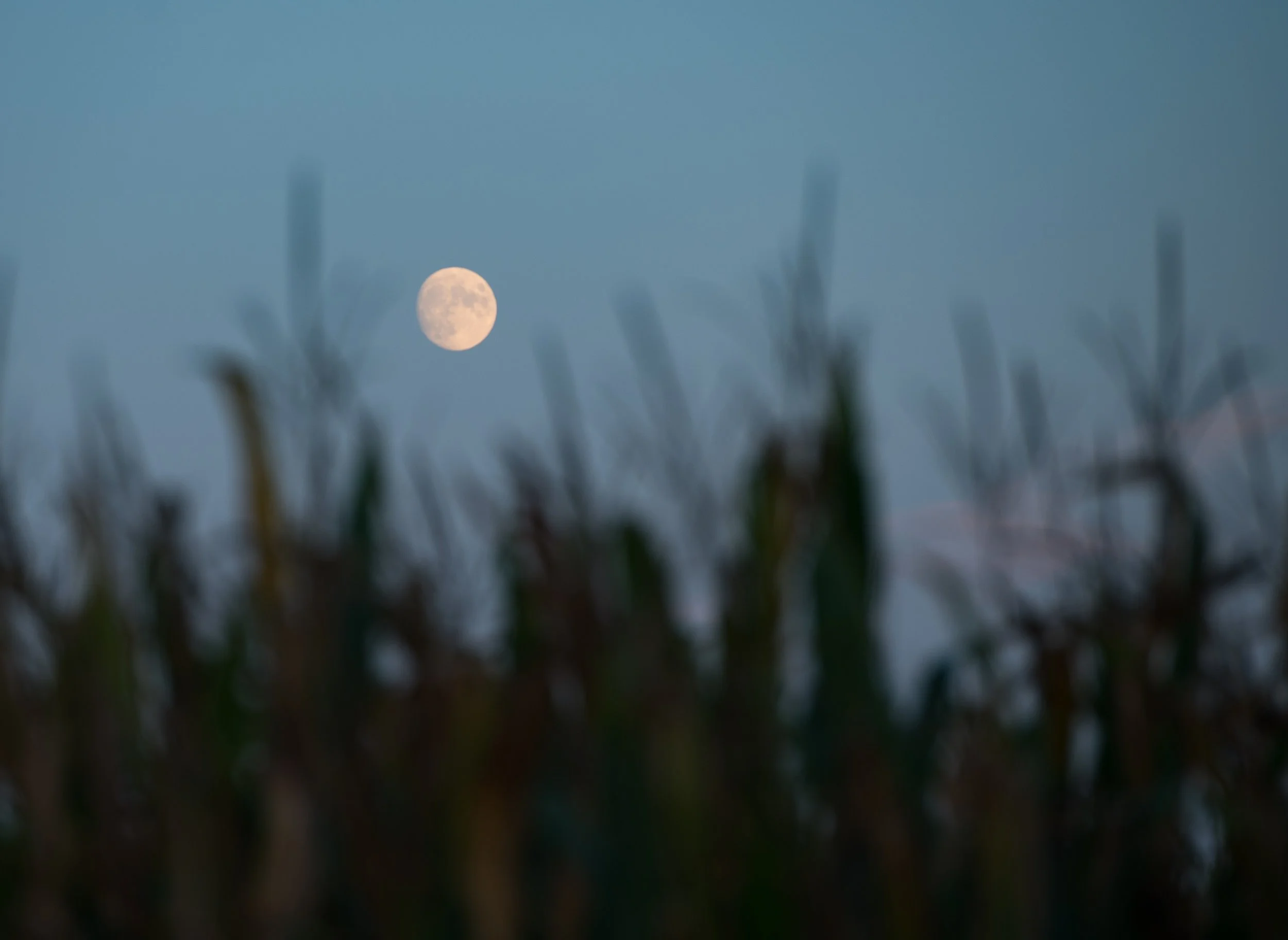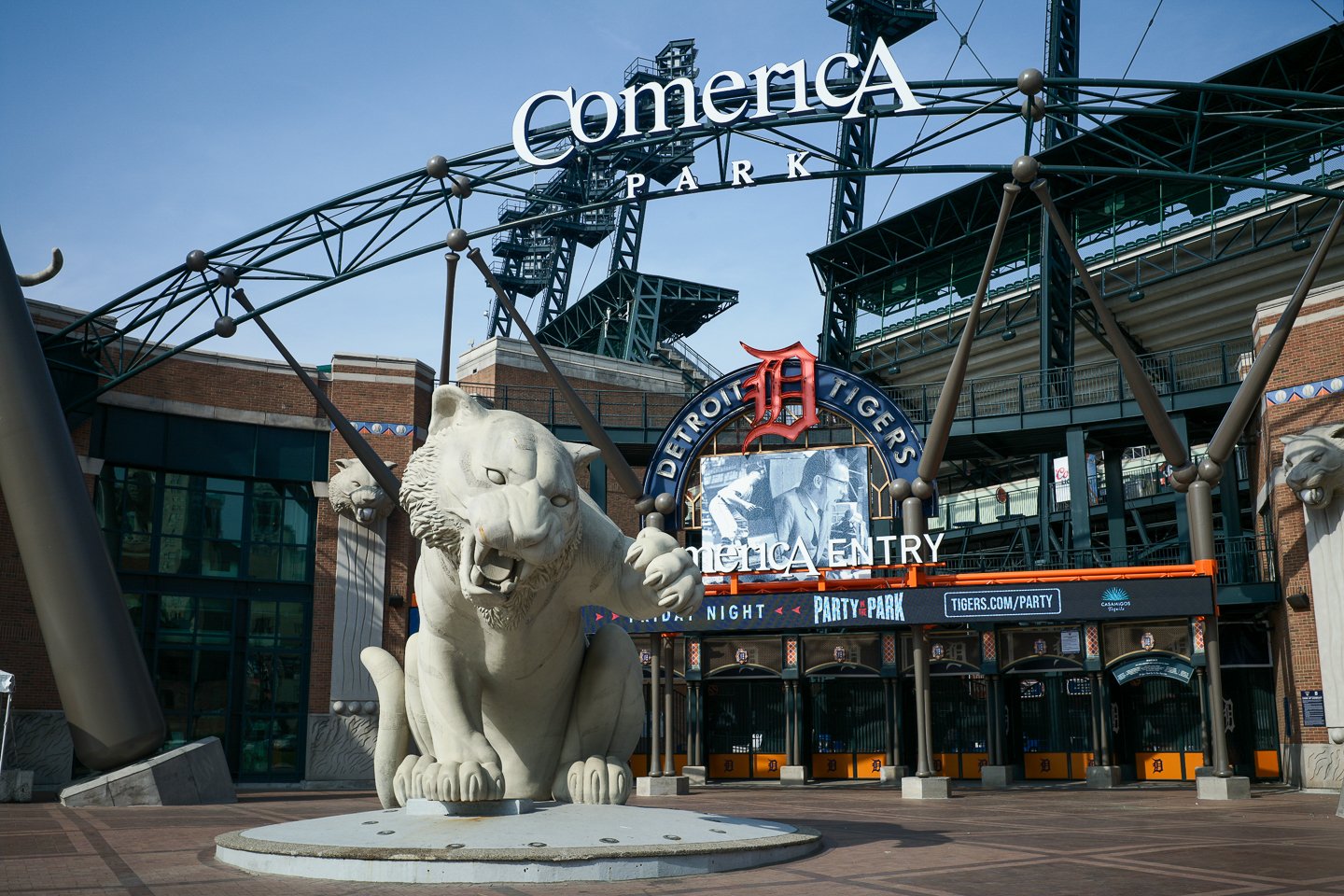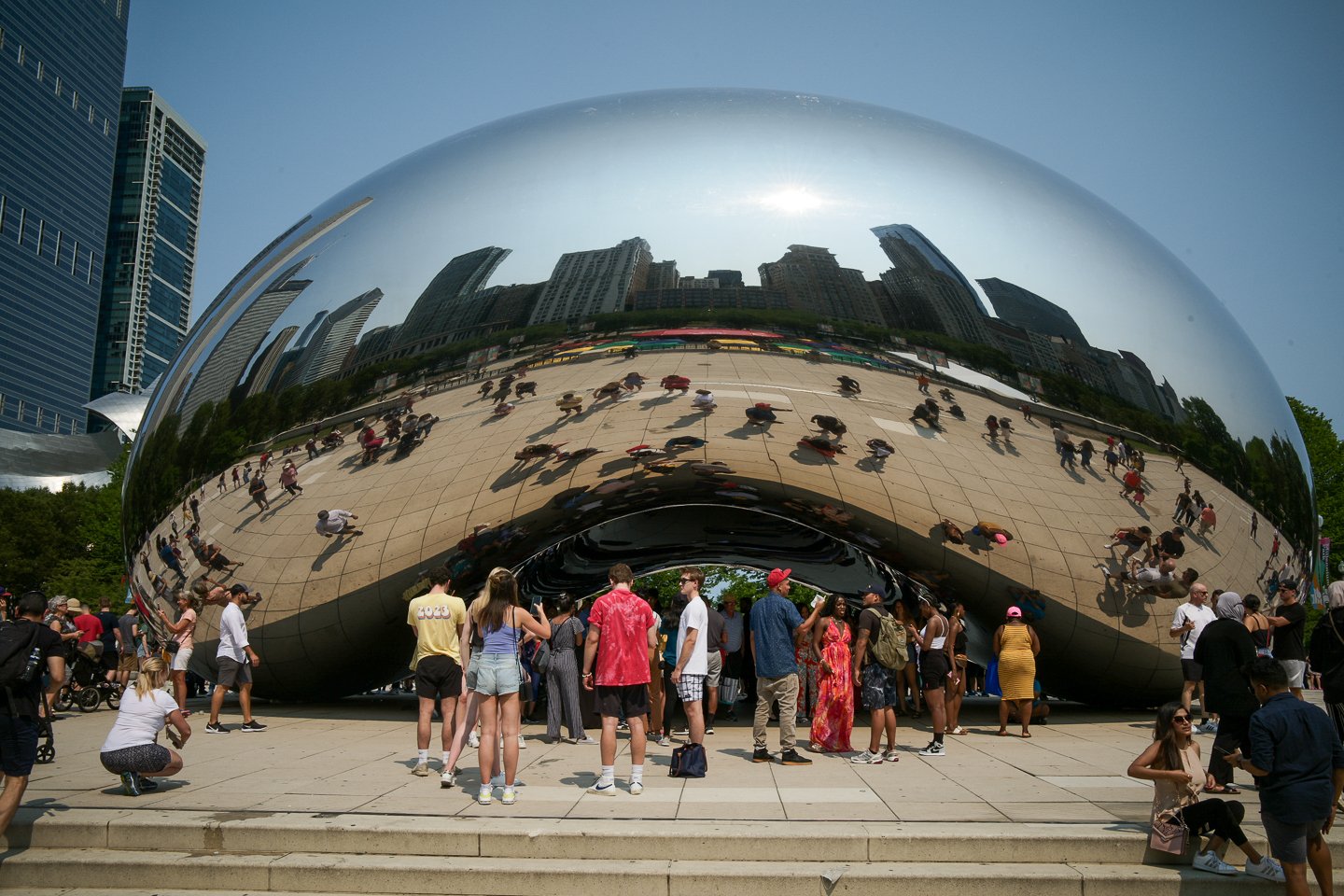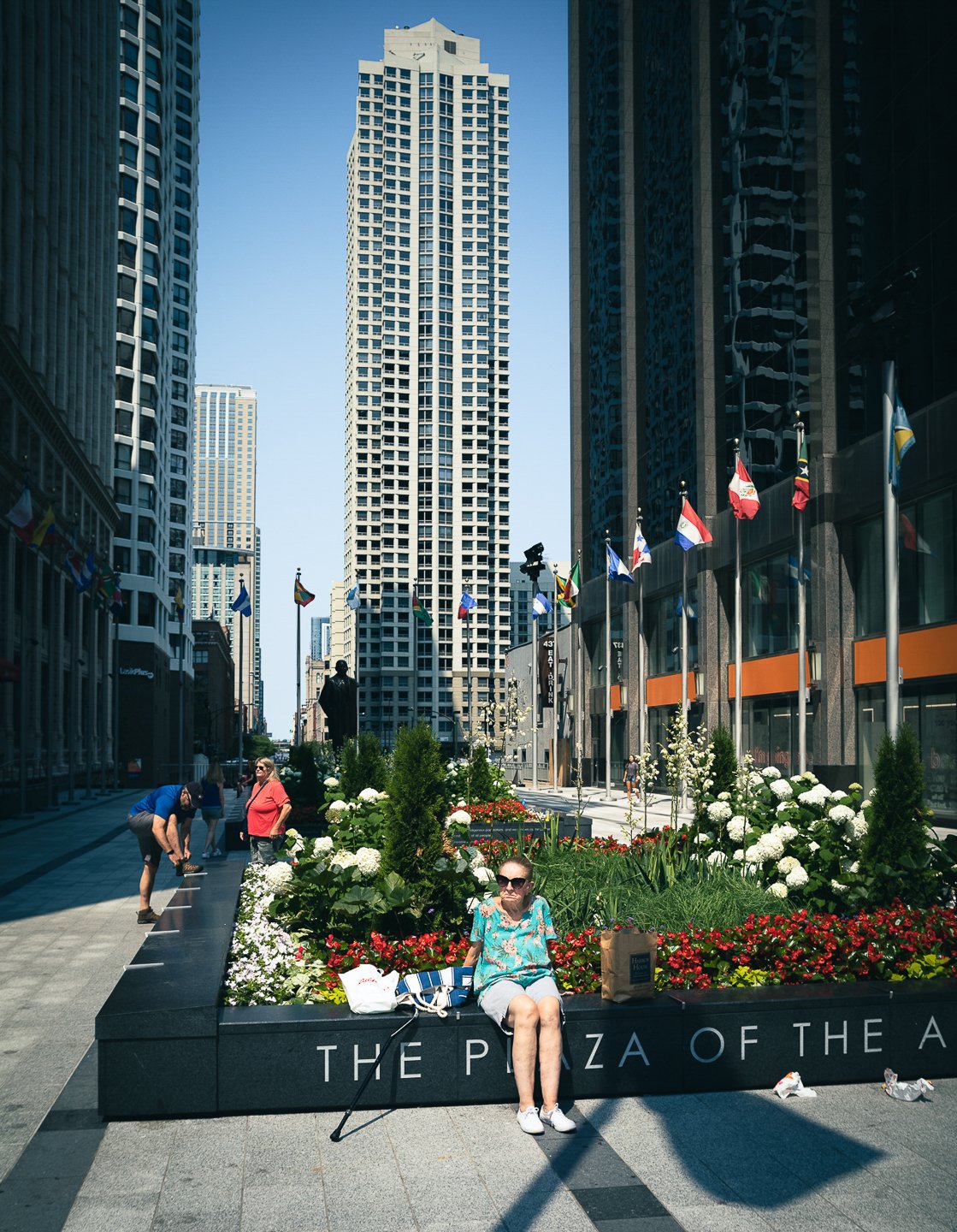Celebrating the Midwestern Spirit through Landscapes

Suppose you ask an unsuspecting onlooker, "What springs to mind when you think of the American Midwest?" you might get a balanced slew of answers - rapid metro growth, small-town charm, warm community spirit, and hearty food traditions. All of these expressions of cultural identity are inextricably interwoven with the region's defining landscapes. This fascinating interplay of culture and space forms the heart of the Midwest through its landscapes.
The Midwestern spirit is as vast and varied as the land itself, a unique blend of the rustic and the dynamic - of farms stretching for miles under the clear, wide skies and cities that rise in the heart of the plains. This juxtaposition and confluence of tradition and progress reflect a quintessentially Midwestern character.
Cultural influences have played a significant role in shaping the landscapes of the Midwest. One notable influence is the agricultural heritage of the region. The Midwest has long been known as the 'breadbasket of America' due to its fertile soil and favorable climate for farming. The planting of crops such as soybeans, corn and wheat has not only shaped the landscapes with vast fields but has also influenced the cultural identity of the region, with farming communities and agricultural traditions being an integral part of Midwestern life.
Another historical event that shaped the landscapes of the Midwest was the Industrial Revolution. As industries flourished in cities like Chicago, Detroit, and St. Louis, there was a growing demand for natural resources such as timber, coal, and iron ore. This led to the development of mining and logging operations in the region.
Additionally, the migration patterns of different ethnic groups have left their mark on the landscapes of the Midwest. For example, the German immigrants who settled in the Midwest brought with them their architectural styles, such as the distinctive half-timbered houses commonly found in towns like New Ulm, Minnesota. Similarly, the Dutch immigrants in Pella, Iowa introduced tulips and windmills, adding a unique touch to the region's landscapes. These cultural influences have contributed to the diversity and richness of the Midwest's landscapes.
For more than two decades, Joseph L. Murphy has had the pleasure of meeting and connecting with people from all walks of life through photography. He has photographed presidents and heads of state, traversed the winding alleyways of the Fes Medina in Morocco, photographed the sprawling countryside and people that make up Argentina and covered events that have defined the U.S. Most recently, Murphy’s travels have taken him to Cambodia, Mexico, China, Vietnam and Ecuador.
He has spent the past 20 years specializing in agriculture photography for multiple organizations, publications and marketing projects.
A graduate of the University of Iowa, Murphy determined at an early age that his love of photography would shape his vision for life.














